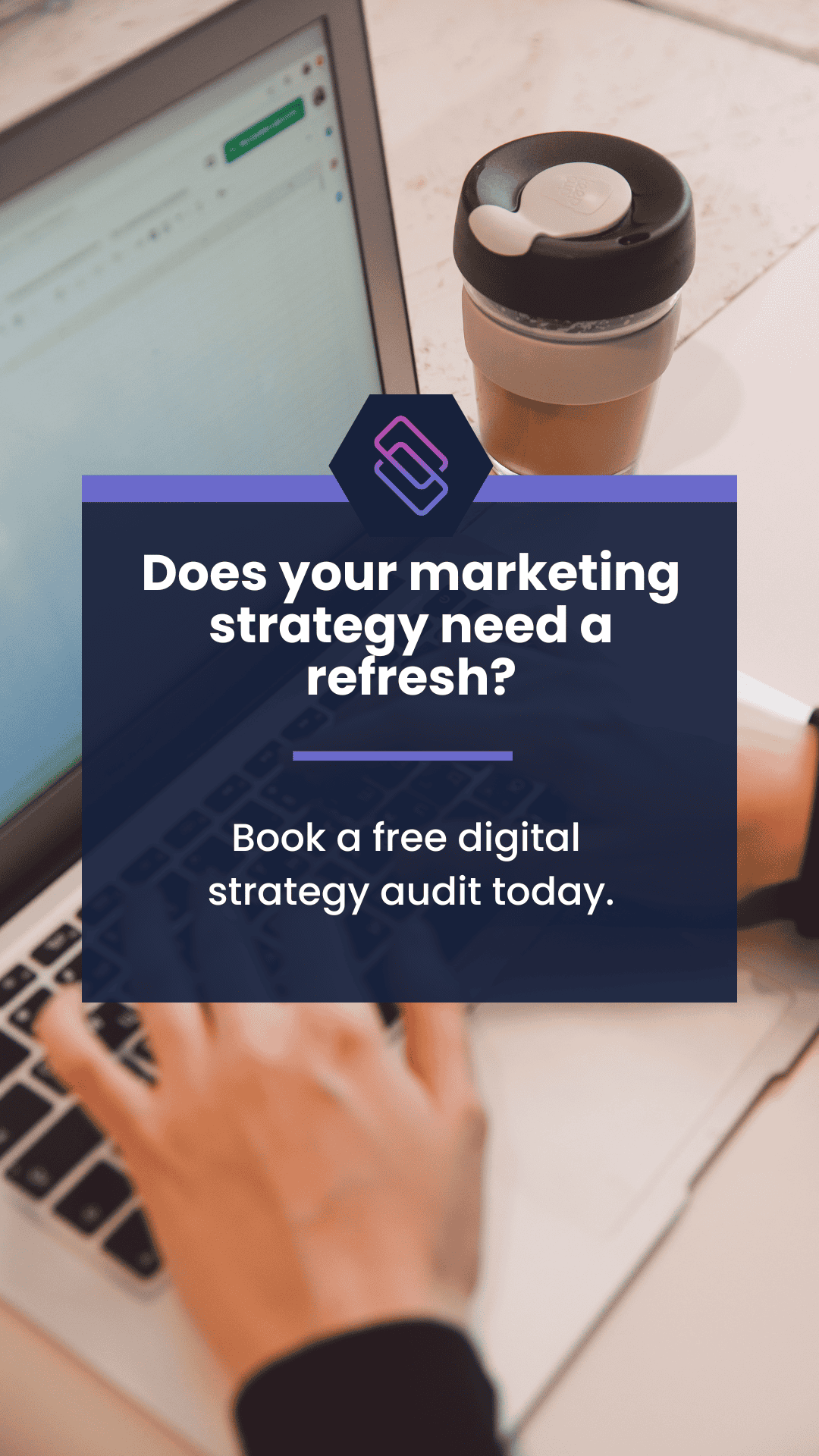Website Optimization Tips: Boosting Speed and Performance

In today’s digital age, having a fast and high-performing website is crucial for attracting and retaining customers. Users expect websites to load quickly and seamlessly, and search engines like Google prioritize fast-loading sites in their rankings. Therefore, optimizing your website’s speed and performance should be a top priority for any business looking to succeed online.
Here are some essential website optimization tips to boost your site’s speed and performance:
1. Optimize Images and Graphics
One of the most common culprits of slow-loading websites is large image file sizes. Compress images without sacrificing quality using tools like Photoshop, TinyPNG, or Squoosh. Additionally, use responsive images and lazy loading to deliver the right size and resolution based on the user’s device and viewport.
2. Enable Browser Caching
Browser caching allows your website to store static files (like images, CSS, and JavaScript) in a visitor’s browser. This means returning visitors don’t need to re-download these files, speeding up page load times significantly. Configure caching headers on your server or use plugins like W3 Total Cache (for WordPress) to implement browser caching.

3. Minify CSS, JavaScript, and HTML
Minification involves removing unnecessary characters (such as spaces, comments, and line breaks) from your code. Use minification tools or plugins to reduce the file size of your CSS, JavaScript, and HTML files, thus improving load times.
4. Utilize Content Delivery Networks (CDNs)
A CDN distributes your website’s static assets (like images, stylesheets, and scripts) across multiple servers worldwide. This reduces server lag and decreases page load times, especially for users located far from your web host’s data center.
5. Optimize Server Performance
Choose a reliable web hosting provider and plan that suits your website’s needs. Consider upgrading to a dedicated server or VPS (Virtual Private Server) if you experience high traffic volumes. Implement server-level caching and optimization techniques for further performance improvements.
6. Implement Lazy Loading for Images and Videos
Lazy loading delays loading non-essential resources (such as images and videos) until they are needed. This technique can significantly reduce initial page load times by loading content as the user scrolls down the page.
7. Reduce HTTP Requests
Minimize the number of HTTP requests required to render a page by combining CSS files, using CSS sprites for images, and reducing the number of external scripts. Each request adds overhead, so optimizing this can lead to faster load times.
8. Prioritize Above-the-Fold Content
Optimize the critical rendering path by prioritizing above-the-fold content (the portion of the webpage visible without scrolling). Ensure that essential content loads quickly, even if other elements load asynchronously.
By implementing these website optimization tips, you can significantly enhance your site’s speed and performance, resulting in improved user experience, higher search engine rankings, and ultimately, increased conversions. Remember to regularly monitor and test your website’s performance using tools like Google PageSpeed Insights or GTmetrix to identify areas for further improvement. A fast and responsive website is key to staying competitive in today’s digital landscape.

